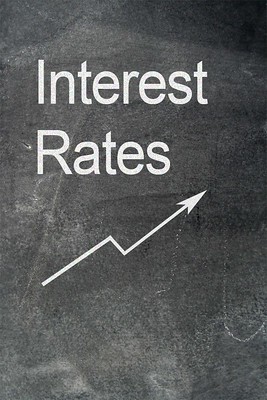Standard & Poor’s provides analysis and information for investors in specific industries. Recently, it released ratings information on community colleges for bond investors . The ratings information helps determine investor interest in a potential investment. So, what is S&P looking at for community colleges?
Enrollment
S&P expected fall enrollment at community colleges to increase – as it has in past recessions. So far, there’s been no discernible general pattern for 2020 fall enrollment. Some community colleges have seen an increase in enrollment, while others have seen enrollment slides of 20% or more.
Tuition costs at community colleges
S&P expected community colleges to increase fall tuition. Combined with the anticipated increase in enrollment, a tuition increase potentially could have substantially replaced “lost” state funding.
The WCC Board of Trustees froze tuition. That decision will make it harder to convince prospective lenders that WCC is worth investing in. State funding for community colleges will almost assuredly drop. If Fall 2020 enrollment increases, WCC cannot take advantage of enrollment growth to make up for the decline in the state appropriation. If Fall 2020 enrollment decreases, WCC will suffer revenue declines in two of its three major revenue streams.
On-campus housing at community colleges
One reason S&P kept most community college ratings stable is that they don’t typically offer on-campus housing. S&P views on-campus housing as a liability, especially during the pandemic. Institutions with on-campus housing had to provide partial refunds to students when they ceased on-campus operations midway through the Winter semester.
This is more problematic than it sounds. Many institutions issued bonds to build or renovate on-campus housing. The institution may have guaranteed a certain (relatively high) housing occupancy rate as a condition of underwriting. In a normal year, reaching high occupancy would be trivial. This year, however, the maximum capacity of a communal housing facility may be reduced by half or more. A dormitory may not legally be able to operate at the occupancy the institution guaranteed.
In this case, the college or university is caught in a no-win situation. The state – which can regulate occupancy rates for on-campus housing – does not care what the institution promised its lenders. Likewise, lenders do not care what the state requires of the institution. The institution could end up in default on building loans for failing to maintain guaranteed occupancy rates – regardless of the circumstances. More likely, the institution will have to spend precious dollars making up the difference between what it collects on housing contracts and what it guaranteed to the lender.
Where would WCC have been had it borrowed money to build a hotel – or student housing – as called for in the Master Plan?
Close management of expenses
S&P believes that community colleges will closely manage their expenses this fiscal year. Specifically, utilities and other non-essential expenses. S&P also expects to see hiring freezes, furloughs and layoffs at community colleges as an expense control strategy.
WCC is playing catch-up on modernizing its HVAC systems. As a result, it spends more than any other community college on utilities. Neglected building maintenance and delayed renovations will have a significant impact on the eventual cost of these projects. Instead of instituting a hiring freeze, WCC has gone on an administrative hiring spree, adding another non-academic dean and a Vice President in the last 60 days.
Remote learning at community colleges
S&P is watching the academic performance of community college students in remote learning environments. Historically, community college students have not fared well in online classes. The longer the pandemic drags on, the larger the negative impact will be for ill-prepared student thrust into an online learning situation. S&P will use information about student performance, withdrawal rates and disenrollments to determine the stability of the community college sector.
Why is any of this important? All of these factors will determine the interest rates for WCC’s future bond issues. This could affect the cost of the Student Center renovations, the “Advanced Transportation Center” – if that misguided project ever moves forward – and future bond issues.
This Board has already made a number of missteps that will inflate the cost of WCC for both its students and Washtenaw County taxpayers. We need trustees who consider the long-term impacts of their decisions, rather than rubber-stamp the careless, self-serving recommendations of the current WCC administration.
Photo Credit: Chris Butterworth , via Flickr







































